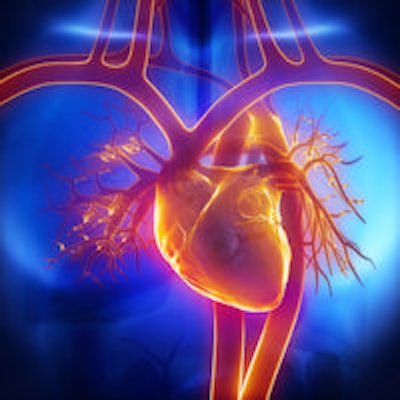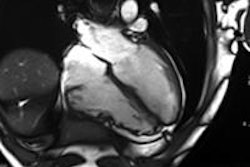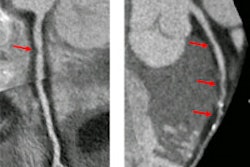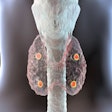
The wide-scale screening of young people to detect risk of sudden cardiac death (SCD) is feasible and cost-effective, according to a study presented at this week's EuroPRevent 2014 in Amsterdam.
More than 12,000 people between the ages of 14 and 35 were screened at a cost of 35 U.K. pounds (40 euros) each; rates of subsequent referral for further investigation were low and considered of "a relative low additional cost" to health services, according to presenter Dr. Rajay Narain, a clinical research fellow in the department of cardiovascular sciences at St George's University Hospital in London.
The most publicized cases of SCD in young people are elite sports players and athletes, but the majority of cases occur as a result of inherited cardiac conditions (such as hypertrophic cardiomyopathy), and a large proportion of these can be detected during life, he added. SCD in a young person is likely to have resulted from an arrhythmia caused by a mutation in one of the cardiac ion channels or from other inherited conditions affecting the muscles of the heart.
SCD is also more common in men than women (9:1 ratio), in black athletes, and most deaths occur after exercise.
The study involved the screening of 12,000 young people irrespective of their athletic ability. Only 13% were considered elite athletes. Screening was performed at a cost of 35 pounds per individual and constituted a health questionnaire, 12-lead ECG, and consultation with a cardiologist. Those with abnormalities had an echocardiogram on the day or were referred for further evaluation. Follow-up data were obtained through self-reported patient questionnaires.
Results showed that almost 1 in 10 of the population (9.4%) was sent for echocardiography on the day, and 2.7% (323 individuals) were referred for further assessment. Of those who responded to the questionnaire and completed their follow-up investigations (189), a cardiac pathology (or findings necessitating regular follow-up) were identified in 31 (16%). The most common were heart block (10), irregular heart rhythm (9), and valvular heart disease (6). Different cardiomyopathies were evident in 11 cases.
These pathologies were identified following an average of 1.6 further investigations, which included echo, 24-hour ECG, and exercise testing, Narain said.
The concept of early identification of potential victims is still a highly controversial issue, he noted.
"Those opposed question the cost-effectiveness of preparticipation screening and the need for multiple investigations to identify so many disease processes implicated in sudden cardiac death," he said. There are also concerns about the medical and legal implications of false-positive and false-negative results.
However, by applying such a screening program, many of the sudden deaths from these conditions, which number around 15 per week in the U.K., can be prevented, he added.
Population screening to prevent SCD in young people is "possible and achievable," Narain said. "Most developed countries have the potential for creating an infrastructure in high schools similar to established immunization programs," he noted. "There is evidence that teachers, coaches, and even volunteering parents could be trained in ECGs. The incentive is prudent -- 25% to 30% of the population in the Western world is now aged 18 or under."



















